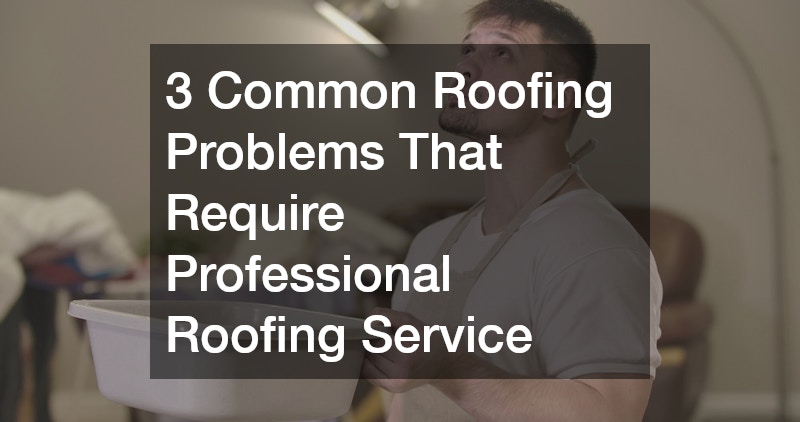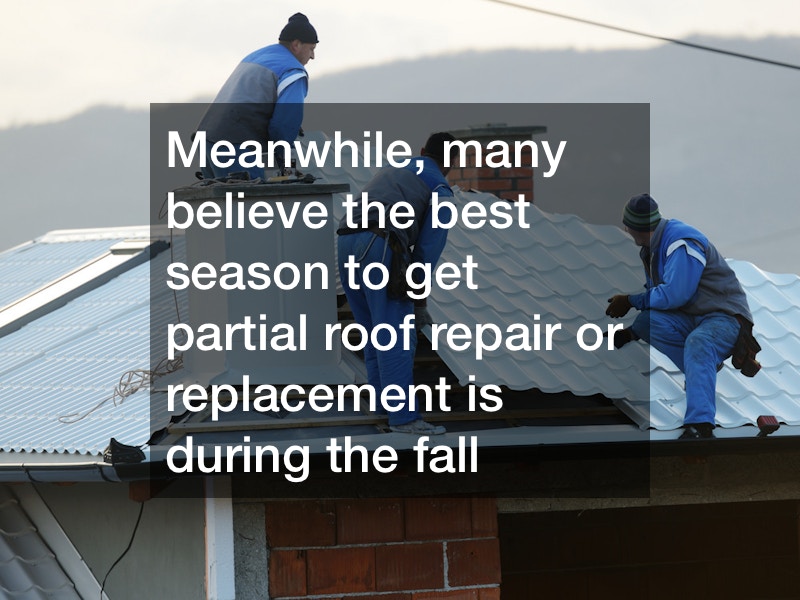Maintaining a solid and secure roof over your home is crucial for the protection and longevity of your property. Common roofing problems, if left unaddressed, can lead to significant structural damage, costly repairs, and pose safety risks. By identifying these issues early and utilizing professional roofing services, homeowners can ensure timely and effective solutions that enhance the durability and efficiency of their roofing systems.
Leaky Roof
Signs of a Roof Leak
Homeowners can identify potential roof leaks by watching for specific signs such as water stains on the ceiling, damp walls, and visible mold or mildew growth. Additionally, noticing a consistent musty smell indoors could also indicate moisture intrusion attributed to roofing issues.
Promptly addressing these signs can prevent further water damage and maintain the structural integrity of the roof.
The effects of a leaking roof can permeate beyond visible water stains, affecting the overall comfort and safety of your home. Left unchecked, leaks can lead to the development of mold, which poses health risks and could require extensive remediation efforts. Therefore, recognizing small tell-tale signs of leaks can forestall more severe repercussions and safeguard indoor air quality.
Professional Roof Inspection
Hiring a professional roofing service for a comprehensive inspection is pivotal for accurately diagnosing the sources and extent of leaks. These experts employ specialized tools and methodologies that reveal hidden issues not easily identified by untrained eyes. A professional inspection ensures all potential problems are accounted for, providing the opportunity for effective and focused repair strategies.
During a thorough roof inspection, professionals go beyond a visual sweep; they often include detailed evaluations of flashings, eaves, and other vulnerable areas. They also look at the attic space, assessing for signs of leaks or inadequate ventilation that could prompt future issues. This holistic approach ensures that no area is overlooked, thus enhancing the roof’s resilience.
Shingle Damage
Weather and Environmental Factors
Weather conditions play a significant role in the deterioration and damage of shingles, with storms, high winds, and hail being particularly destructive. The freezing and thawing cycles in colder climates can also exacerbate shingle damage by causing them to crack or become dislodged. UV rays from the sun are another contributor, causing shingles to dry out and become brittle over time.
Environmental factors such as overhanging tree branches can pose threats to the integrity of your shingles. During storms, these branches may dislodge shingles or cause punctures and abrasions. Additionally, the accumulation of leaves and debris can trap moisture, facilitating the deterioration of roofing materials.
Aging and Material Quality
The lifespan of a roof is inevitably influenced by the quality of materials used and its age. High-quality materials may offer better resistance to damage but still require regular maintenance to preserve their condition over the years. As roofing materials age, their ability to effectively shield the house diminishes, making timely replacement or repairs essential.
Aging roofs often show signs of wear such as curling, cracking, or missing shingles, all of which can compromise the roof’s effectiveness. These signs indicate the need for evaluation by a roofing professional to determine whether repairs or a full replacement is necessary. Understanding the typical lifespan of roofing materials helps homeowners plan for maintenance and future upgrades.
Faulty Roof Ventilation System
Importance of Proper Ventilation
Proper roof ventilation is crucial for preserving the temperature balance within the attic and overall household comfort. An adequately ventilated roof prevents the buildup of moisture, reducing the risk of mold growth and subsequent structural damage. Additionally, proper ventilation helps in maintaining energy efficiency by regulating attic temperatures, which can lower cooling and heating costs.
Without sufficient ventilation, roofs can experience excessive heat buildup, leading to premature aging of roofing materials. This condition can also cause superheated air to infiltrate living spaces, complicating climate control efforts. Therefore, understanding the importance of ventilation can significantly enhance the longevity and efficiency of roofing systems.
Evaluating and Updating Ventilation Systems
Assessing a roof’s ventilation system involves checking for adequate intake and exhaust vents to facilitate air movement. Professional roofers can conduct a detailed analysis of the existing system, identifying any deficiencies or areas for improvement. Such evaluations often reveal overlooked issues that, if corrected, can optimize the roof’s protective capabilities.
Updating a ventilation system may involve adding or upgrading vents to ensure consistent air flow throughout the attic space. This may include installing ridge and soffit vents or utilizing advanced fan systems for better air circulation. By aligning with professional recommendations, homeowners can enhance their roof’s efficiency and prevent potential problems.
Professional roofing services play an indispensable role in identifying, addressing, and preventing common roofing problems. Through regular inspections, targeted repairs, and thorough evaluations, these experts ensure that roofs remain robust and resilient against various challenges. By taking a proactive approach to roofing maintenance, homeowners can protect their investment and ensure a safe, comfortable living environment.




